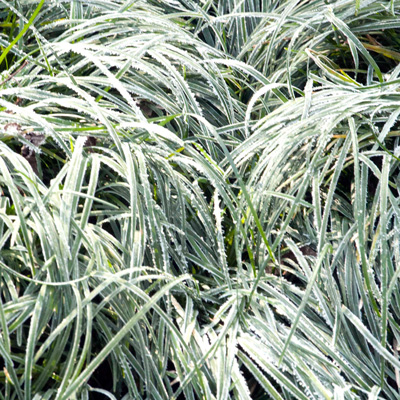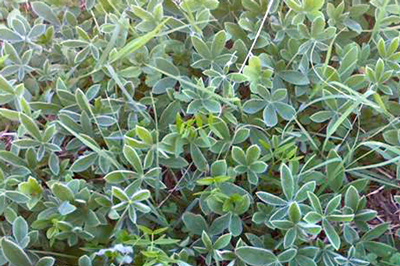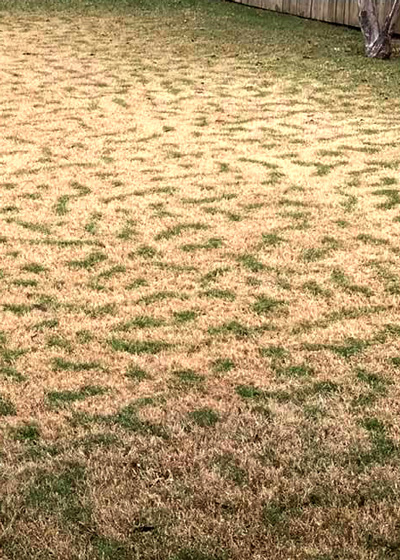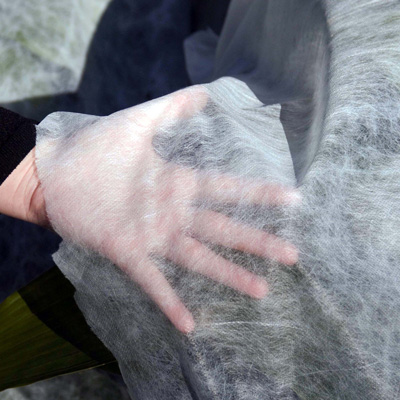Before the First Freeze Settles In
We’re nibbling at the edge of the first freeze for many parts of Texas. I thought I might give you a checklist of things you’ll want to accomplish. I hope you find it useful.

• Move patio plants and hanging baskets into a sunroom in the house or greenhouse. The garage is not a good place – too dark and too cold.
• Take last-minute cuttings from any plants you want to propagate.
• If you have a greenhouse, be sure your heat source is working properly and have a backup plan just in case. It’s a great idea to have a generator standing by just in case.

• Allow tops of cannas, bananas, iris, St. Joseph’s lilies (“hardy amaryllis”), daylilies and other perennials to be killed back by the first freeze. Trim that old foliage away a few days later, once it has dried and shriveled. Do not cut green growth off any perennial plant. Wait until it turns yellow and brown on its own.
• Wait to prune asparagus stalks back until after the plants have turned yellow following a freeze. If you’re in South Texas and if they never turn yellow, prune them significantly around December 1. Their roots must go dormant if you want them to produce vigorous new canes in the spring.


• If you missed out on any rains the week prior to any freeze, water your plants deeply.
• Disconnect all hoses from faucets before freezing weather arrives.
• Drain all sprinklers to keep them from bursting.
• Check automatic sprinklers to be sure they won’t run when temperatures are below freezing. You’re likely to be fined, plus you’ll break your shrubs’ branches from the weight of the ice.
• Bring hummingbird feeders in. Clean and prepare them for winter storage. Some experts say it’s OK to leave one feeder out for another few weeks in the southern two-thirds of Texas to help stragglers and uncommon species of hummingbirds that might be migrating through your area.
• Store liquid insecticides and fungicides where they can’t freeze.

• Buy frost cloth plant protectant and have it on hand prior to the first cold spell. Don’t wait until the last minute or you may not be able to find it.
